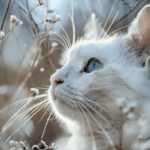Have you ever wondered why some cats melt into your lap, purring with delight, while others dart away at the first hint of a cuddle? It’s one of life’s sweetest mysteries. If you’re a cat enthusiast, you know the heartbreak of reaching out for a snuggle only to be met with an aloof tail flick. On the other hand, having a furry friend who seeks out your affection can feel like winning the pet lottery. The secret sauce behind a cat’s cuddliness is more fascinating—and surprising—than you might think. Dive in and discover what truly makes some cats more affectionate than others.
Genetics: Born to Snuggle?

Genetics play a huge role in shaping a cat’s temperament. Just as some people are naturally more outgoing, certain breeds are simply more predisposed to being affectionate. For example, Ragdolls and Maine Coons are famous for their love of cuddles, while breeds like the Bengal or Siamese might be more active or independent. It’s not a hard rule, but genes can give a strong hint about your kitty’s potential for snuggles. Even within a litter, you’ll often see one kitten that’s a lap-seeker, while its siblings are off climbing the curtains. It’s kind of like a family where one kid loves hugs and the other is all about personal space. Genetics aren’t destiny, but they sure do set the stage for a cat’s cuddly nature.
Early Socialization: The Magic Window
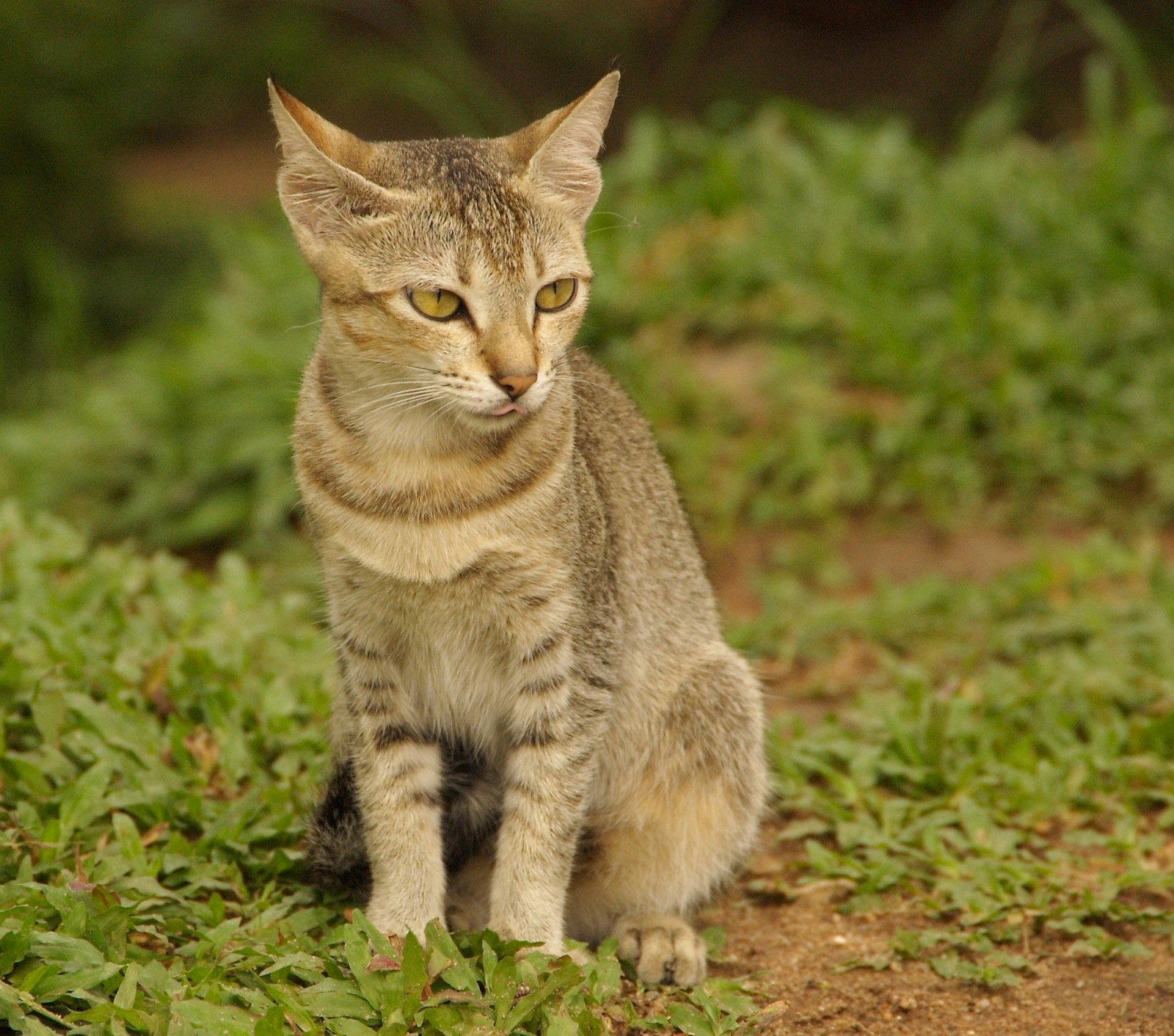
The first weeks of a kitten’s life are crucial for developing social skills. If kittens are handled gently and often by humans between two and nine weeks of age, they’re far more likely to grow into affectionate adults. This early exposure helps them associate people with comfort and safety. Kittens that miss out on this socialization window may be skittish or avoidant later in life. It’s a bit like learning a language as a child—if you start young, it just comes naturally. Shelters and breeders who spend time cuddling kittens are doing more than just having fun; they’re shaping the personalities of future lap cats.
Breed Differences: Some Cats Are Just Built for Cuddles

Certain breeds have a reputation for being extra snuggly. Ragdolls, for instance, are often called “puppy cats” because they love to flop into your arms and go limp, soaking up all the attention. Scottish Folds, Birmans, and Persians are also known for their gentle, loving nature. On the flip side, breeds like the Abyssinian or the Sphynx may crave interaction but prefer playtime over lap time. These breed tendencies don’t guarantee your cat’s behavior, but they offer pretty strong clues. It’s a bit like picking between a retriever and a husky—one might be more likely to cuddle, but every pet is unique.
Gender: Does It Matter?
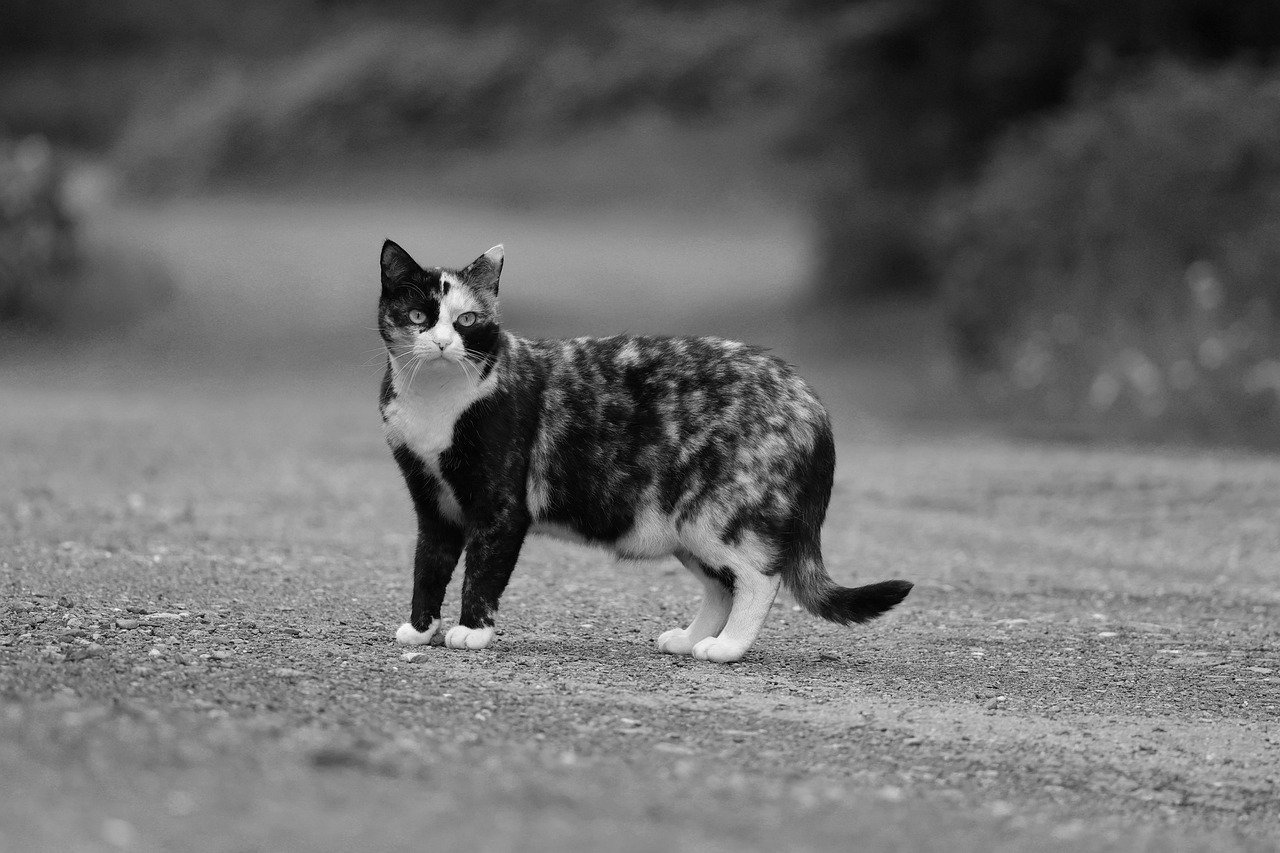
Many cat owners swear that male cats are cuddlier than females. While this isn’t a strict rule, there’s some truth to the observation. Neutered male cats often develop a reputation for being big, affectionate softies. Female cats, especially those who aren’t spayed, can be a bit more independent or reserved. Of course, personality varies wildly, and you’ll find plenty of snuggly female cats too. Hormones play into this, as neutering or spaying tends to mellow out certain behaviors and can increase a cat’s desire for closeness. In short, gender can have an influence, but it’s not the whole story.
Personality: The Feline Spectrum

Just like people, cats come with their own personalities. Some are bold and outgoing, while others are shy or cautious. An affectionate cat may have an easygoing, trusting nature that welcomes touch and closeness. Personality is shaped by both nature and nurture, so a confident kitten given lots of love will often become a confident, cuddly adult. Even in multi-cat households, you’ll see the whole range—from the family lap cat to the aloof observer. It’s a reminder that every feline is an individual, with quirks and preferences all their own.
Early Experiences: The Power of Positive Touch

How a cat is treated in its earliest days can have a lasting impact. Gentle handling by humans, positive interactions, and exposure to different people all help a kitten feel safe and loved. Traumatic experiences or rough handling, on the other hand, can make a cat wary of touch. It’s a bit like meeting a new person—if your first impression is kind and welcoming, you’re more likely to stick around. For cats, those early days shape their relationship with cuddles for years to come.
Environment: Safe Spaces Make Snuggly Cats

A cat’s environment plays a huge role in shaping its behavior. Cats who feel safe and secure at home are much more likely to seek out affection. If a cat is constantly startled by loud noises or stressed by other pets, it may withdraw and avoid cuddling. Creating a calm, cozy space with plenty of hiding spots can help a cat relax and build trust. Think of it like setting the mood for a movie night—soft blankets and dim lights make everyone want to snuggle in.
Trust: The Foundation of Feline Affection
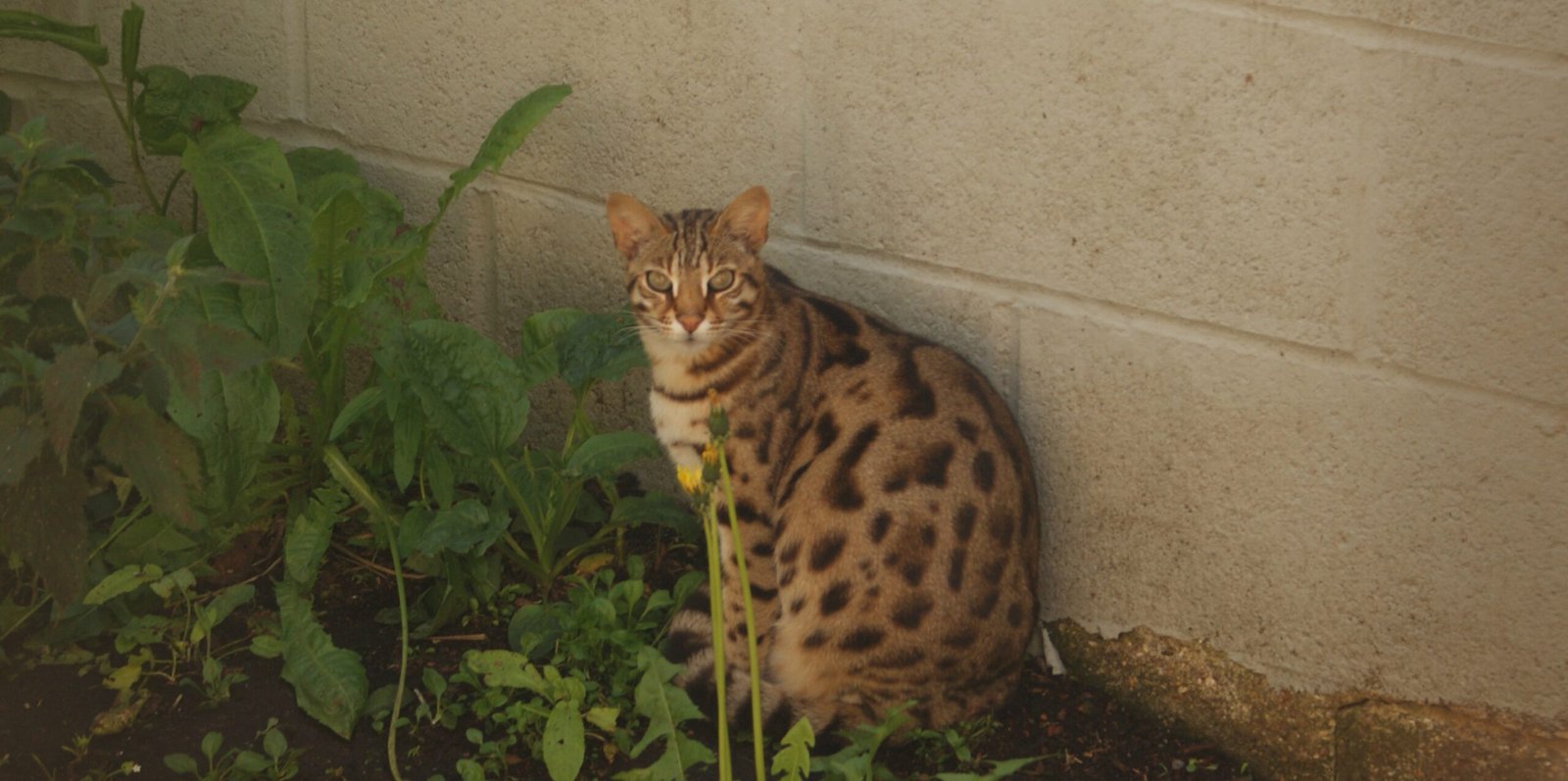
Trust is the bedrock of any relationship, and it’s no different with cats. A cat that trusts its human is more likely to curl up in your lap or nuzzle your hand. Building trust takes patience, kindness, and a gentle touch. If a cat has been hurt or frightened in the past, earning that trust may take time. But once you’ve forged that bond, the cuddles can be endless. It’s a special kind of magic when a once-shy cat finally chooses your lap over a hiding spot.
Age: Kittens vs. Seniors

Age can dramatically affect a cat’s cuddliness. Kittens are often curious and energetic, more interested in exploring than sitting still. As cats mature, many become more relaxed and affectionate, enjoying the comfort of a warm lap. Senior cats, especially those used to human company, can be the ultimate cuddle buddies. Age also brings health considerations—older cats with arthritis or pain may not want to be picked up but still crave gentle strokes and closeness. The desire for cuddles can grow and change throughout a cat’s life.
Health: Feeling Good, Seeking Comfort
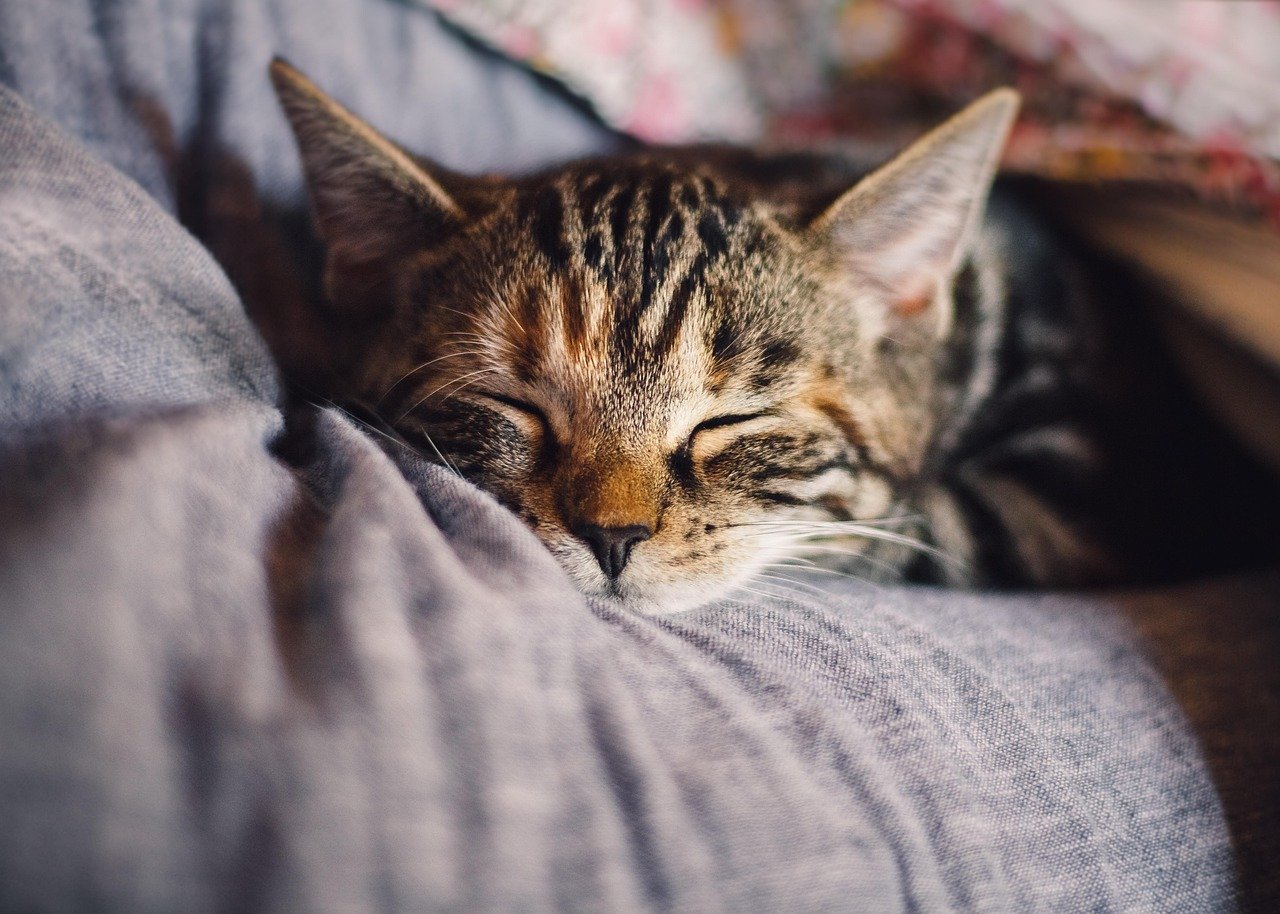
A cat’s health has a direct impact on its desire to cuddle. Cats who are in pain, feeling unwell, or suffering from chronic illness might avoid touch, associating it with discomfort. On the flip side, a healthy, happy cat is more likely to seek out affection. Regular vet checkups and attentive care help ensure your kitty feels its best and is ready to share the love. Sometimes, a sudden change in cuddliness can signal an underlying health issue, so always pay attention to your cat’s cues.
Neutering and Spaying: Calming the Wild Side

Spaying and neutering don’t just prevent unwanted kittens—they can also affect a cat’s temperament. Fixed cats tend to be calmer and more content, with fewer urges to roam, fight, or spray. This mellowed-out attitude often translates into more snuggles and lap time. The hormonal changes reduce certain behaviors that can make cats seem standoffish or aggressive. Many owners notice a marked increase in cuddliness after their cat is fixed, making it a win-win for everyone involved.
Human Interaction: The Power of Consistency

Cats thrive on routine and positive interaction. Regular playtime, gentle petting, and consistent feeding schedules all help build a strong bond between cat and human. Cats who know what to expect from their people are more likely to relax and seek out affection. It’s a bit like building a friendship—regular, positive contact strengthens the connection. Over time, a shy or reserved cat may blossom into a cuddly companion with the right approach.
Body Language: Reading the Signs
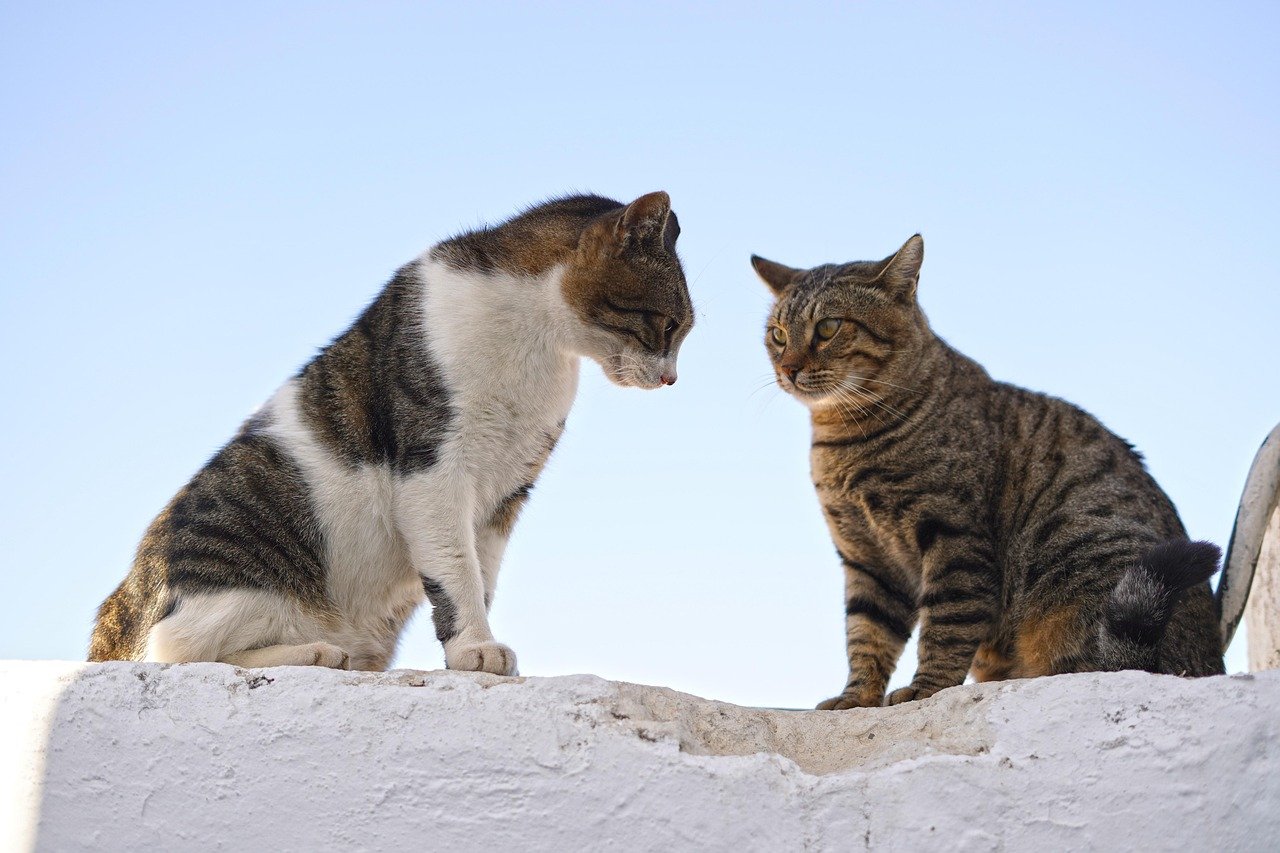
Understanding a cat’s body language is key to encouraging cuddles. A slow blink, relaxed posture, and soft purrs are all signs your cat is comfortable and open to affection. On the other hand, a twitching tail, flattened ears, or dilated pupils mean “not right now.” Respecting these signals helps build trust and shows your cat that you care about its comfort. The more you pay attention to these cues, the more likely your cat is to feel safe enough for snuggles.
Past Trauma: Overcoming Fear
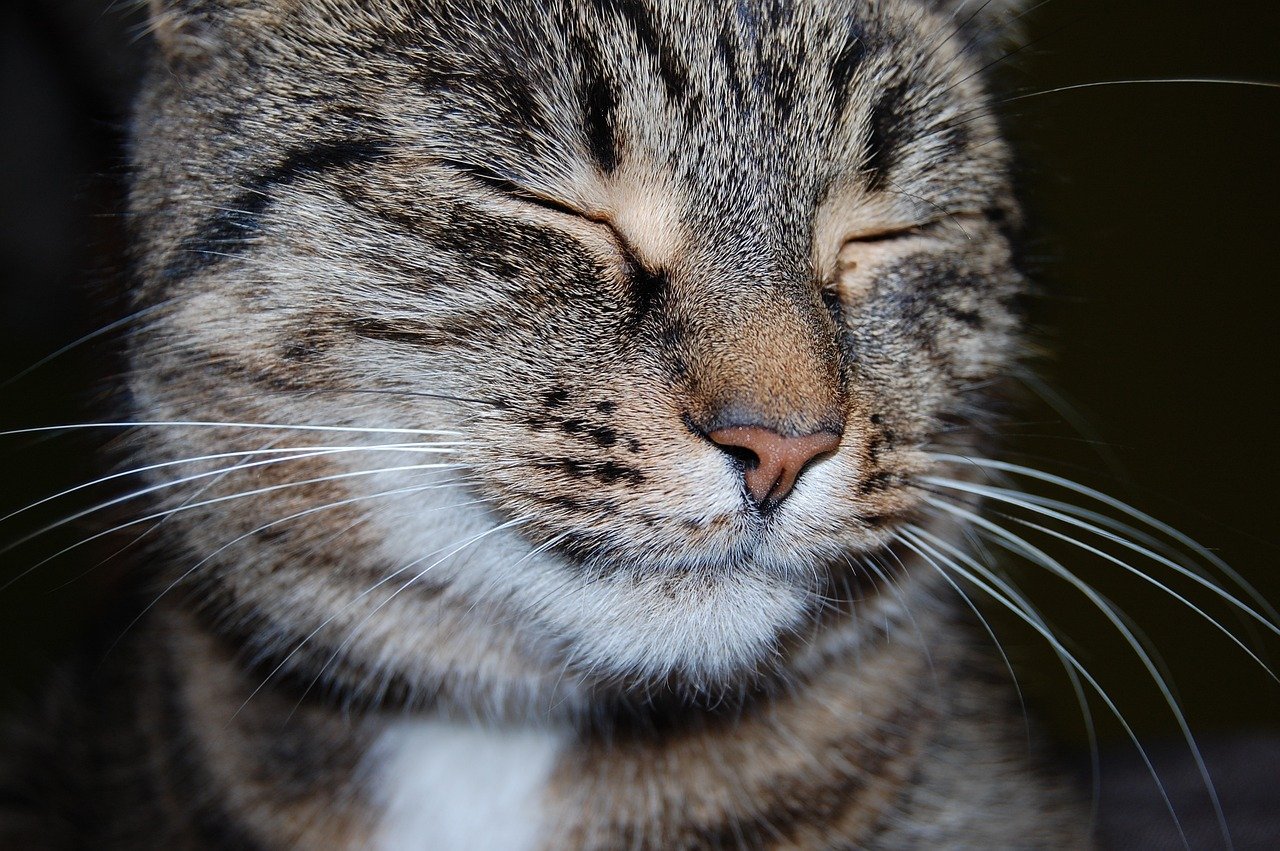
Cats with a history of trauma or neglect may take longer to warm up to cuddling. Loud noises, sudden movements, or unfamiliar people can trigger fear responses. With time, patience, and gentle handling, even the most anxious cats can learn to trust again. Small steps, like offering treats or letting the cat come to you, can make a big difference. Every milestone—every head bump or tentative paw—is a victory in building a loving relationship.
Household Dynamics: The Influence of Other Pets
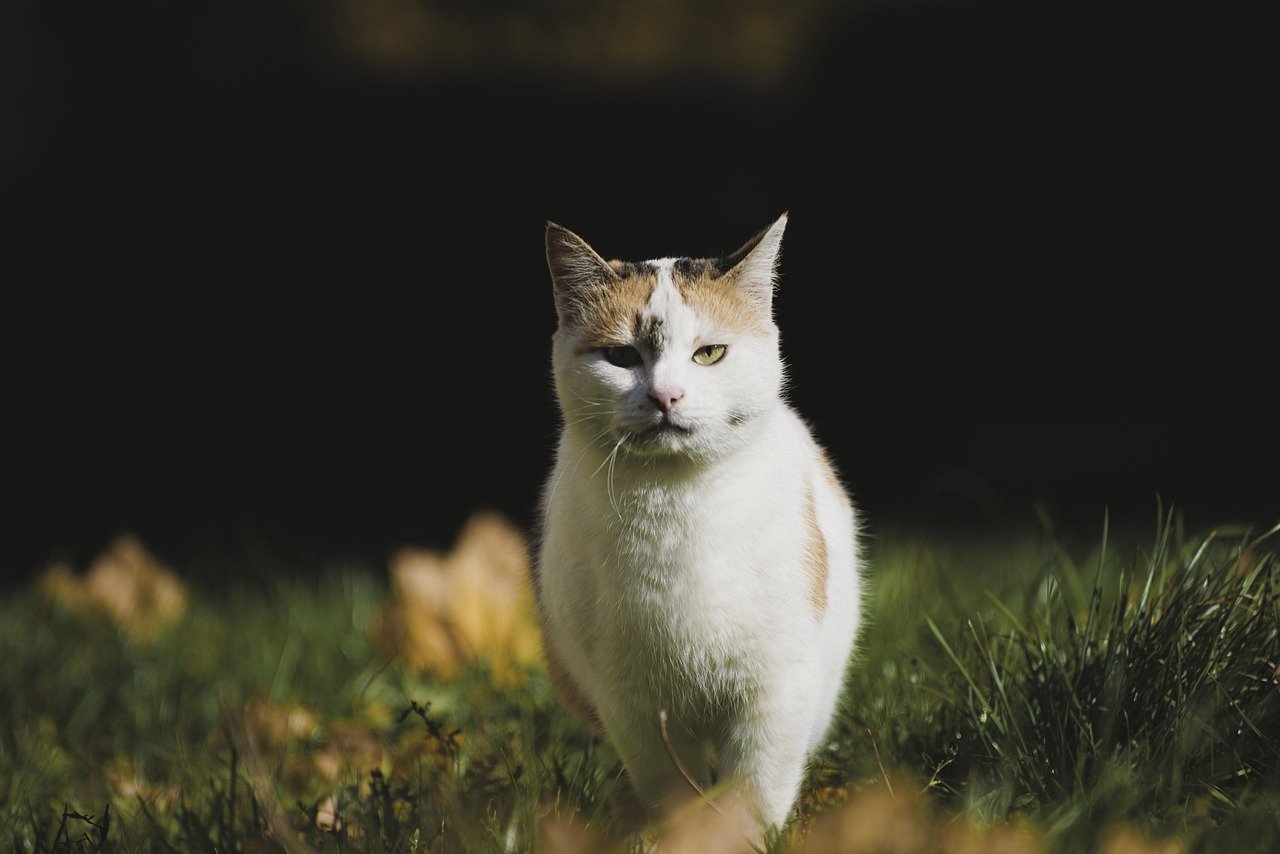
The presence of other animals in the home can shape a cat’s behavior. Cats who compete for attention or feel threatened by other pets might be less likely to seek out cuddles. On the other hand, a calm and harmonious household can encourage affection. Some cats even learn by example, watching their feline or canine siblings interact with humans. Creating a peaceful environment where each pet feels secure can unlock the cuddly side of even the shyest cat.
Routine: The Comfort of Predictability
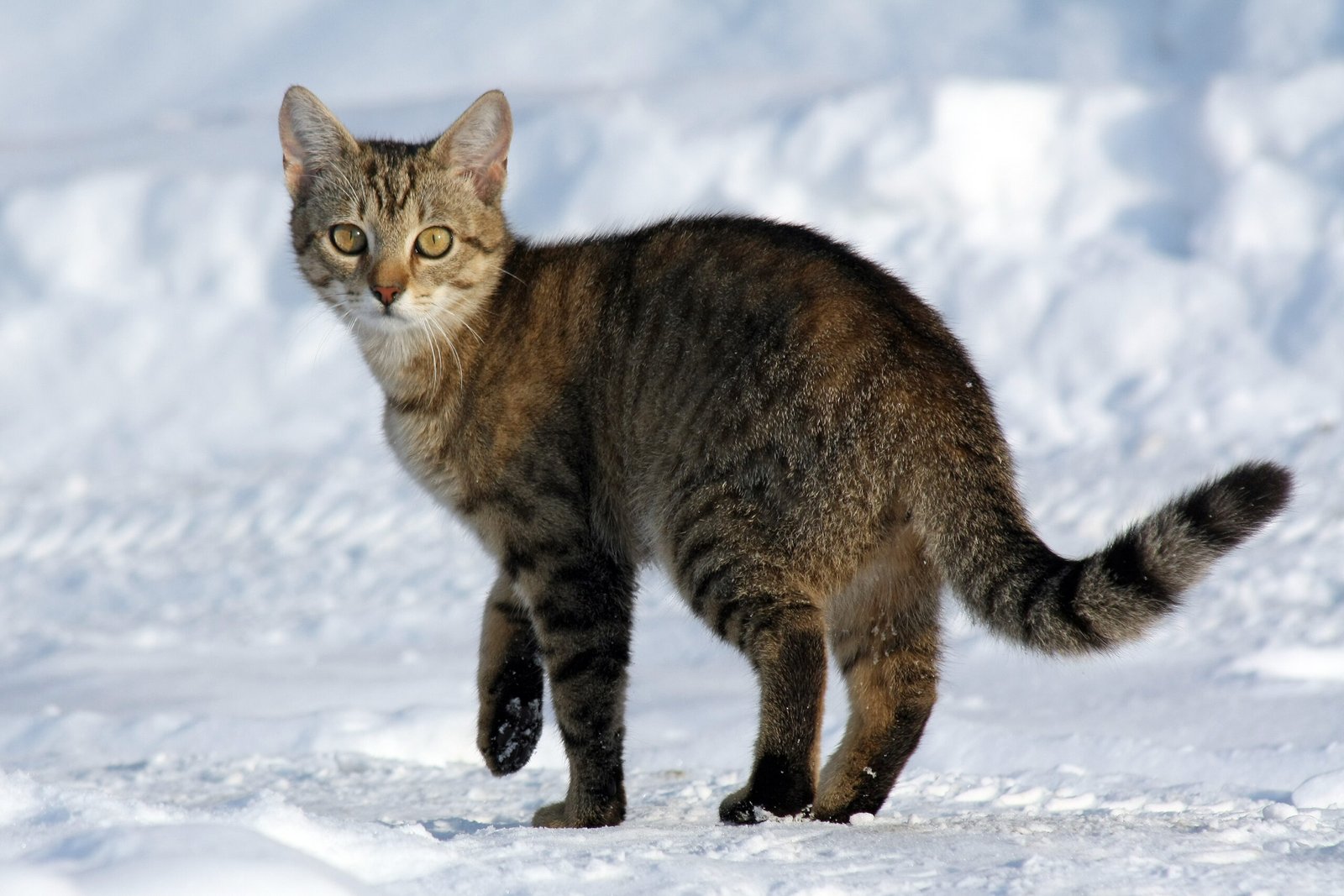
Cats are creatures of habit. A predictable routine helps them feel secure and more likely to seek out affection. Regular feeding times, play sessions, and quiet moments together all reinforce your bond. When a cat knows what to expect, it’s easier to relax and enjoy closeness. Think of it like your favorite bedtime ritual—familiar, soothing, and something to look forward to.
Temperature and Comfort: Seeking Warmth

Cats love warmth, and there’s nothing cozier than snuggling up with a trusted human when the weather turns chilly. On cool days, you might notice your cat seeking out your lap or curling up in a blanket with you. This isn’t just about affection—it’s also about comfort and body heat. A cat’s quest for warmth often leads straight to your side, making cold weather the perfect season for extra cuddles.
Individual Preferences: Every Cat Is Unique

Every cat has its own likes and dislikes when it comes to cuddling. Some love being held, while others prefer to sit beside you rather than on you. Some cats crave head scratches, while others go wild for belly rubs (or run away at the very idea!). It’s all about finding what makes your cat tick. Paying attention to your cat’s individual preferences and respecting their boundaries can turn even the most reserved feline into a loving companion over time.
Owner’s Attitude: The Human Factor

Your own behavior can have a huge impact on your cat’s cuddliness. Calm, gentle, and respectful handling encourages trust and affection. If you’re tense or impatient, your cat may pick up on those vibes and keep its distance. Creating a positive, loving atmosphere where your cat feels valued goes a long way. Sometimes it takes a little effort and understanding, but the rewards are worth it—a bond that’s as comforting for you as it is for your furry friend.
The Magic of Mutual Bonding
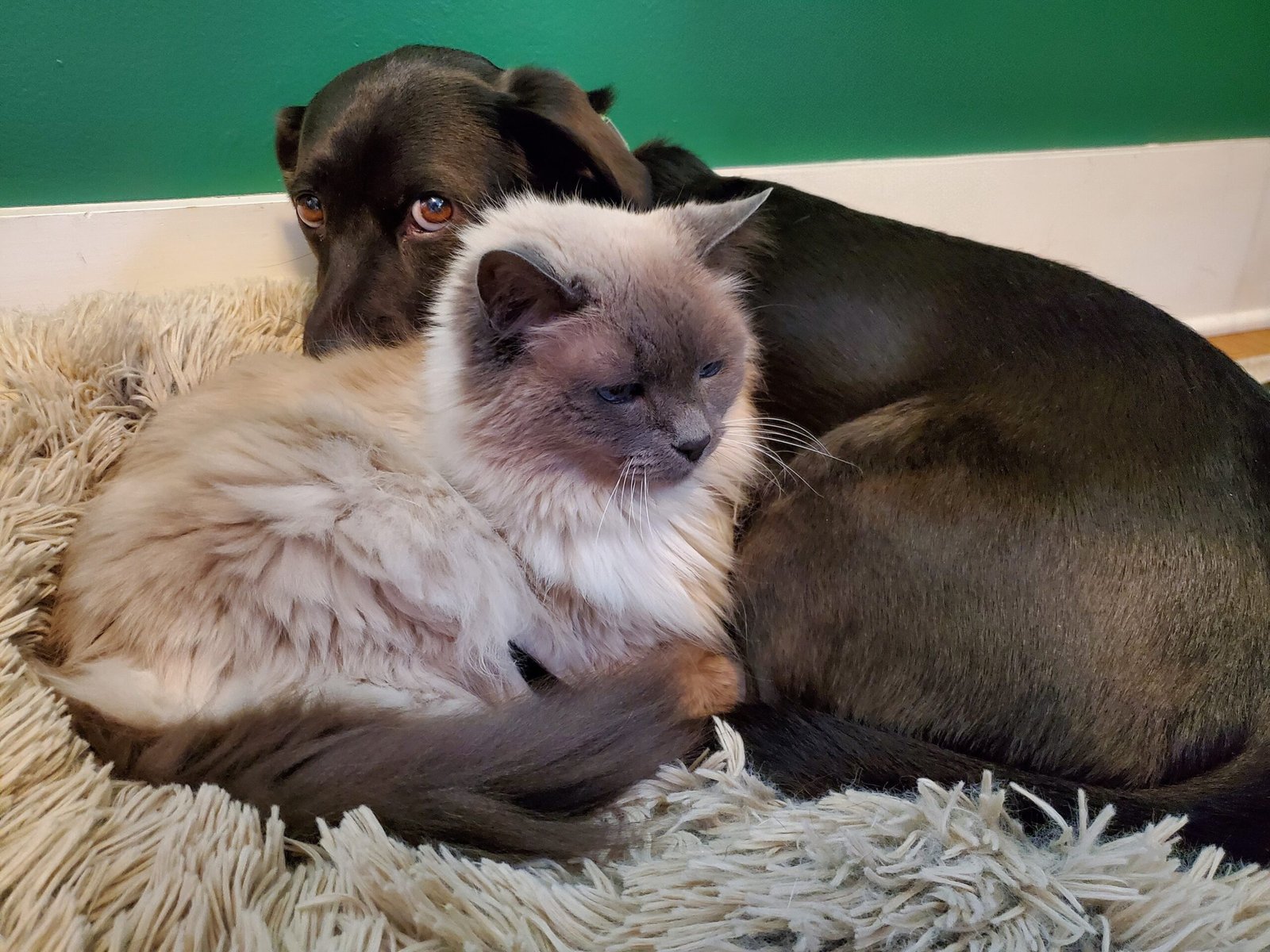
Cuddling is a two-way street. When you invest time and love into your cat, you’re building a relationship that goes beyond simple pet ownership. The joy of having a snuggly cat is matched by the happiness you give them in return. There’s something truly special about the quiet moments you share—a purr, a head nudge, a warm body curled beside yours. It’s a reminder that love, in all its forms, is a little bit magical.
Famous Cuddly Cats: Legends of Lap Time
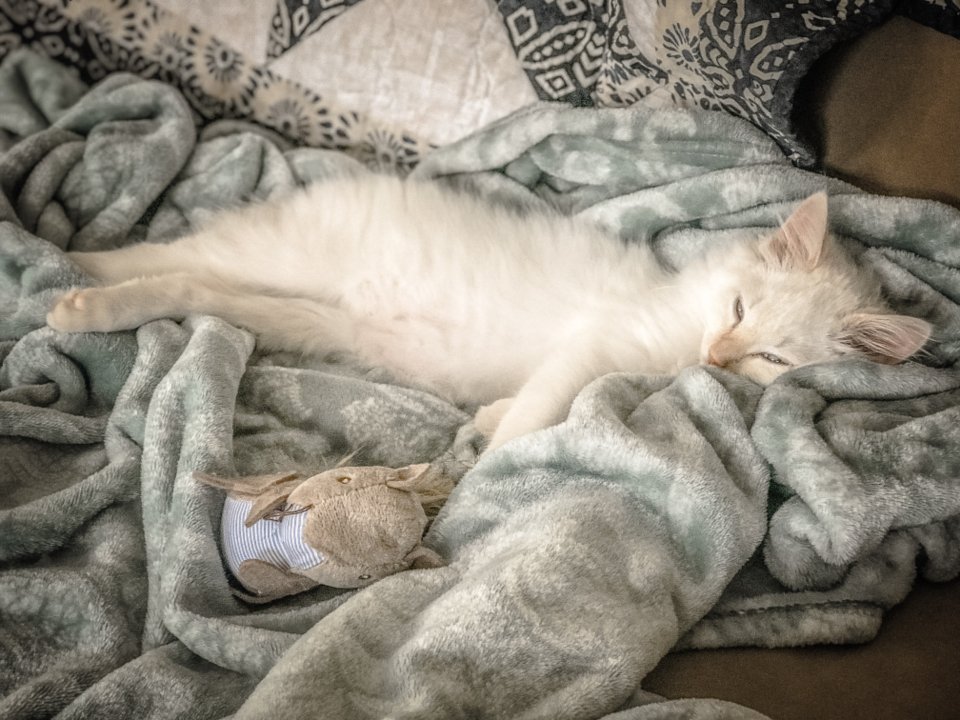
Throughout history and social media, some cats have become legends for their affectionate ways. From the viral videos of Ragdolls flopping into their owners’ arms to the tales of therapy cats bringing comfort to hospital patients, cuddly cats have a special place in our hearts. These feline celebrities prove that a little affection can go a long way, inspiring cat lovers everywhere to cherish and nurture the cuddliness in their own pets. Their stories remind us that every cat, given the right circumstances, has the potential for greatness—in snuggles and in spirit.
Hi, I’m Bola, a passionate writer and creative strategist with a knack for crafting compelling content that educates, inspires, and connects. Over the years, I’ve honed my skills across various writing fields, including content creation, copywriting, online course development, and video scriptwriting.
When I’m not at my desk, you’ll find me exploring new ideas, reading books, or brainstorming creative ways to solve challenges. I believe that words have the power to transform, and I’m here to help you leverage that power for success.
Thanks for stopping by, Keep coming to this website to checkout new articles form me. You’d always love it!






